Tile Goes High Tech at Italy's Big Expo
More than 900 companies from 33 countries around the world descend on Bologna, Italy, every year to showcase their ceramics and bathroom products at the CERSAIE, the International Exhibition of Ceramic Tile and Bathroom Furnishings.
From what I could see at the 2013 event, the Italian ceramic industry is forging ahead with its plans to push ceramic tiles as the sustainable material of the future. Meanwhile, a large selection of Spanish companies seem to be giving Italy a run for its money, presenting stylish patterns that use high-tech methods to create a handmade look.
Here is an overview of some of the trends and highlights that I noticed during my day at the 2013 show, which ran from September 23 to 27. Keep in mind, I didn't get to see everything. Covering 176,000 square meters of exhibition space was a difficult task, even in my trusty boots.
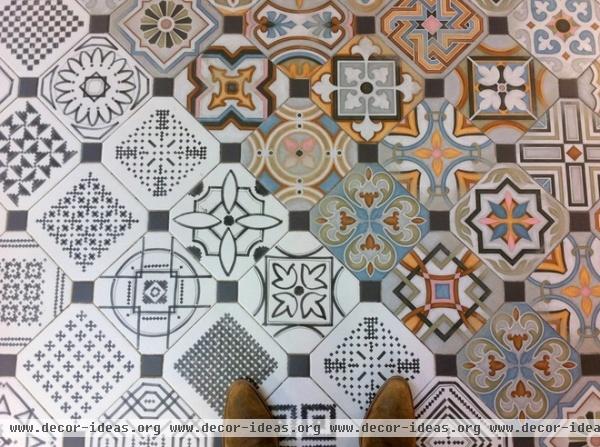
Many Spanish tile companies are drawing inspiration from their country's Moorish history, resulting in some beautiful patterns that reference the Arabic history of the Mediterranean.
I would strongly advise looking at samples before ordering any printed tiles, however. The laser technology that is used to apply the decoration can result in a wide range of quality. Some of the tiles look almost pixellated up close, whereas others more closely resemble their hand-painted predecessors.
Tile: Vives
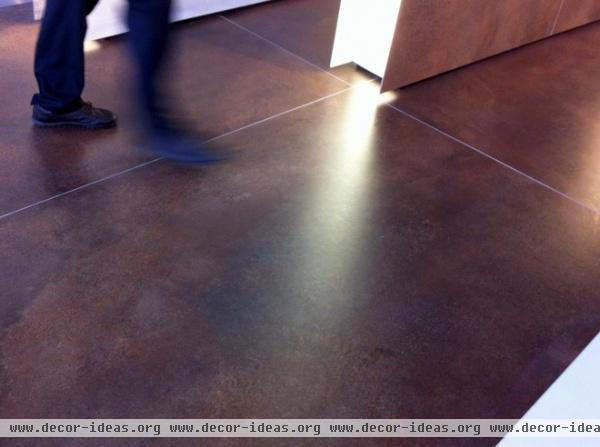
Meanwhile, several of the big-name Italian companies have raised the bar on large-format tiles. Bigger. Thinner. Lighter. That's the goal.
These superslim products may at first appear a bit too industrial for a home project, but don't dismiss them. The fact that they are lightweight means that they can be used in places you may not have thought of. For example, this 1½- by 3-meter behemoth of solid porcelain is only 6 millimeters thick and looks just like Cor-Ten steel.
Tile: Eiffelgres
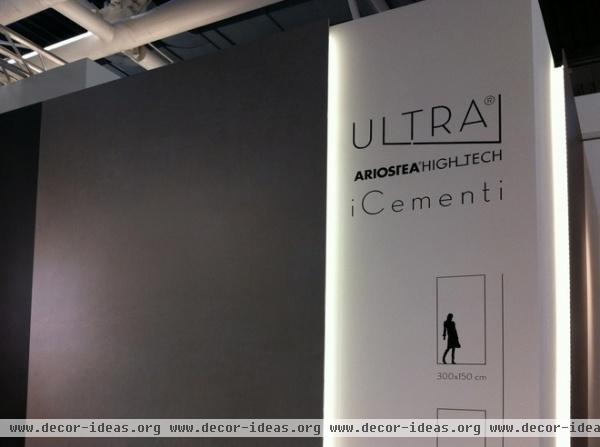
The other major advantage of these large, thin tiles is the environmental one. This faux cement can be used anywhere you'd want a stained or polished concrete finish, but its impact on the environment is much lower, because it uses far less raw material.
Many manufacturers say that if you were to factor in the saved energy in terms of installation and transportation (because it's lightweight), you would find even more environmental advantages in this kind of material. As the ceramics industry grows, we're likely going to see more studies about the life-cycle costs and savings associated with tile.
Tile: Ariostea
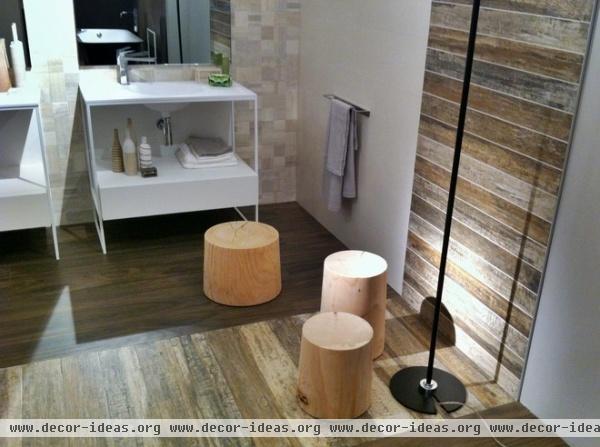
As we have seen in recent years, wood textures have been mastered by the ceramics industry. It's difficult to argue against the case for a tile that looks like wood while being much easier to maintain and clean.
The trend of the floor material's continuing up the side of the wall and even onto the ceiling continues this year. I have to say that there were far fewer large examples, and many more stripes like this one cutting through the bathroom and highlighting a particular strip along the wall.
Tile: Sant'Agostino

Now that we have become accustomed to seeing wood that isn't wood, tile makers seem to be stretching the limits of what looks natural. Wood-grain textures are being combined in ways that look much more modern.
Tile: Ariana
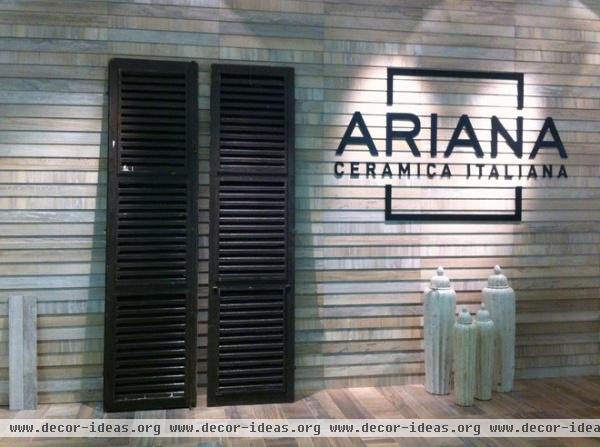
In line with the push for more textures, I saw a few companies playing with the orientation of the tile installation, such as tilting tiles slightly and stacking them to create the appearance of shutters or siding.
Tile: Ariana
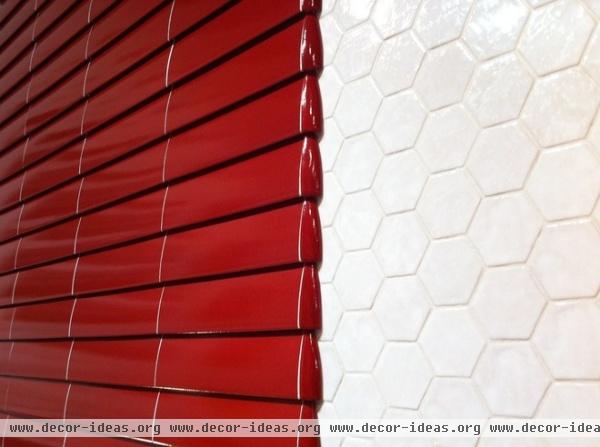
When the stacking effect is combined with specially formatted tiles (like these pieces with rounded edges), the architectural impact of the finish becomes integral to the design of the room.
Tile: Natucer
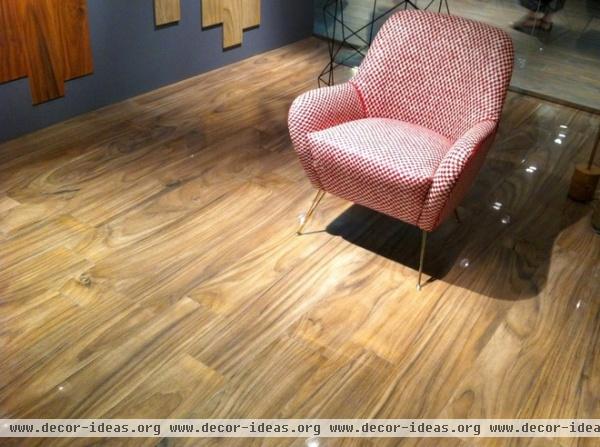
Another twist on faux-wood tile is this new polished look, a glossy alternative to the more rustic interpretations of the wood look. I could see this being an elegant floor covering in a formal dining room or study.
Even though it looks pretty slippery, keep in mind that European tiles are, generally speaking, more slip resistant than those in the United States. American designers often use small tiles with many joints to provide enough friction for safety. In Europe even the large-format tiles are required to be antislip. As the regulations and awareness about this increase, I expect the U.S. market will see more and more large-format styles, too.
Tile: Sant'Agostino
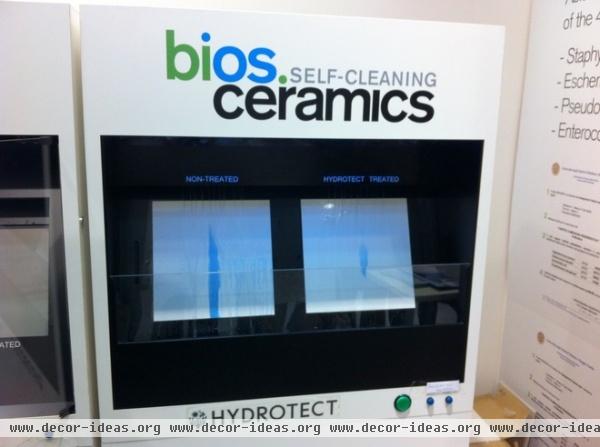
Not only do these new surface technologies allow for more slip resistance, but they also address easier ways to clean ceramic tiles. Many companies this year are boasting new coating products or treated tiles with all kinds of associated benefits. This one boasts antibacterial cleanliness and stain removal with only water.
Tile: Hydrotect Self-Cleaning Ceramics by Casalgrande
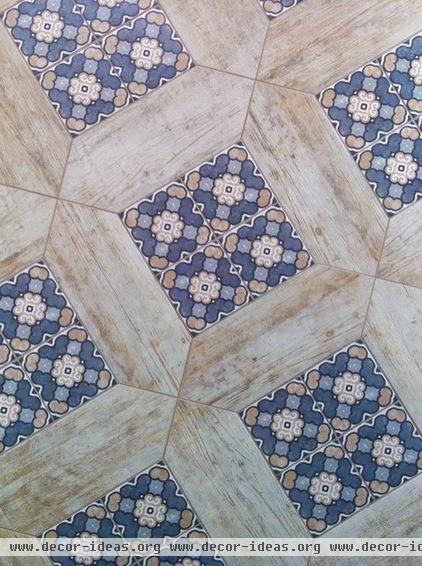
If the wooden look or the Moorish hand-painted look were to your liking, you may be interested in something else I saw popping up all over the place.
In a rustic-meets-modern kind of way, there were many examples of wooden textures being combined with traditional patterns to create large expanses of patchwork. For example, these wooden tiles are cut to form a base grid, and then you can chose any kind of decorative tile to fill in the boxes.
Tile: Natucer
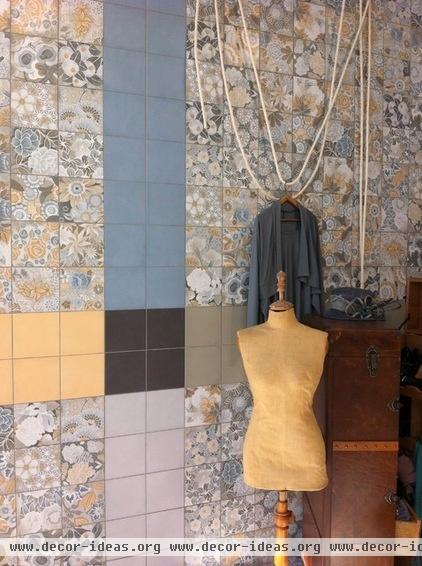
Along the same lines, I saw many exhibits with large collages of decorative tiles, interrupted by strips of solids, stones or woods.
The variation in the patterned tiles makes a geometric tapestry that seems organic in its flow of color. If you were to do the same thing with only one decorative pattern, it would reinforce the repetition of that pattern's geometry.
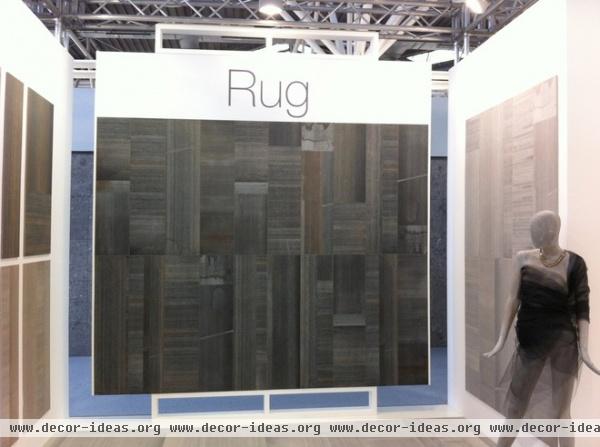
Tile: Fondovalle
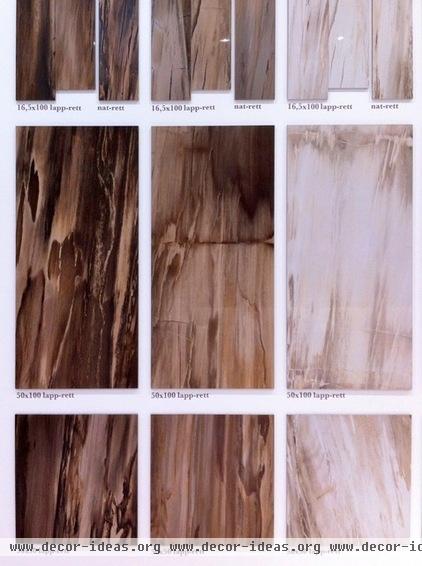
Now that the ceramic industry has tackled wood, stone, metal and cement, I think we're going to start to see more creative textures like this one. Especially as the large-format technology grows, so does the opportunity to treat the tile itself as a piece of art or a painting.
The individuality of each tile also becomes more important, and we'll see more variation and less repetition in each collection. I spoke with one company that now has 36 different texture images for each format of each style of tile. In small spaces it will appear as if each one is unique.
Tile: Cisa
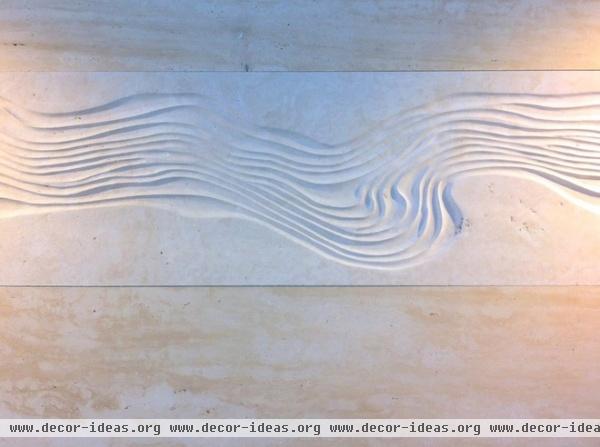
Natural and organic references persist, but there seems to be more emphasis on texture. Juxtaposing contrasting textures also resulted in some interesting patterns.
Tile: Efesus
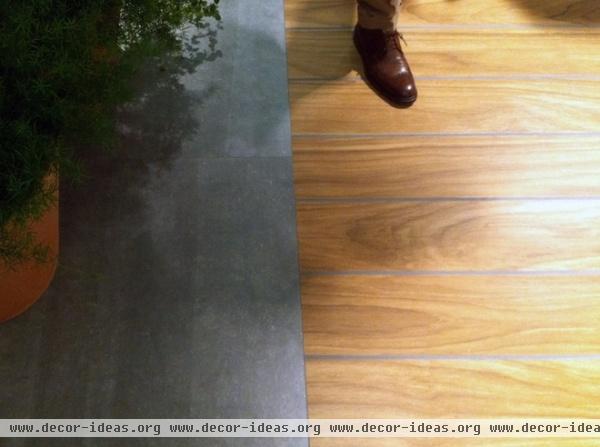
Just as important as the tile is what's between the tiles. At this year's CERSAIE, I saw several companies playing with using the grout as a way to unite two contrasting looks in subtle ways.
Tile: Sant'Agostino
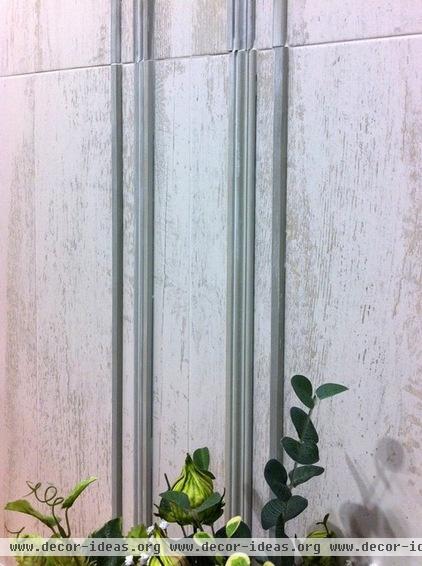
The more advanced the technology gets, the easier it will be to produce specialty tiles — those with particular formats or abnormal profiles.
Clearly, architects and interior designers are going to have to start knocking their heads together earlier in the process of designing a home. As the versatility of materials expands, so do the options.
Tile: Vives












